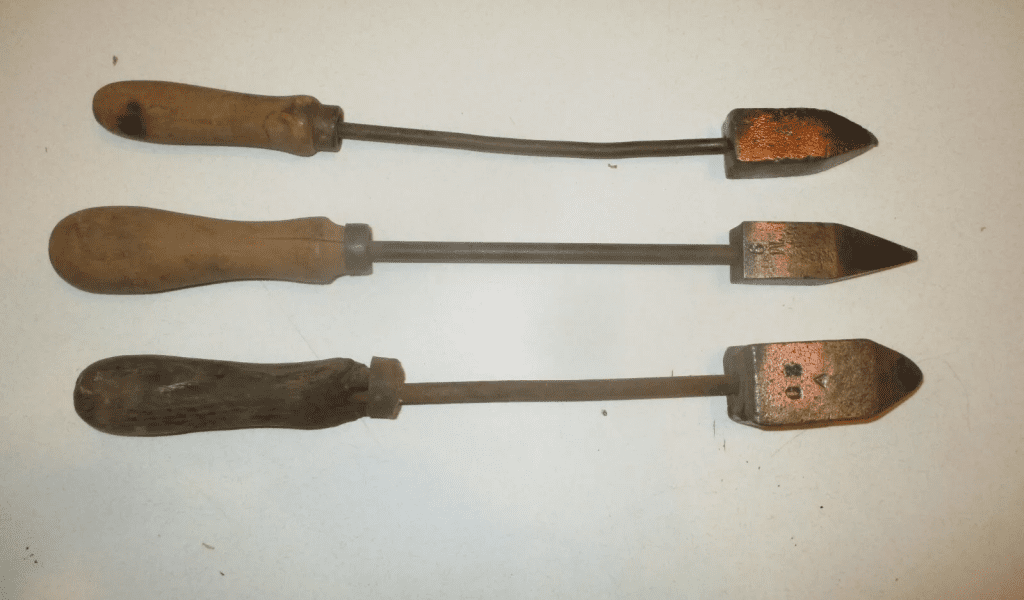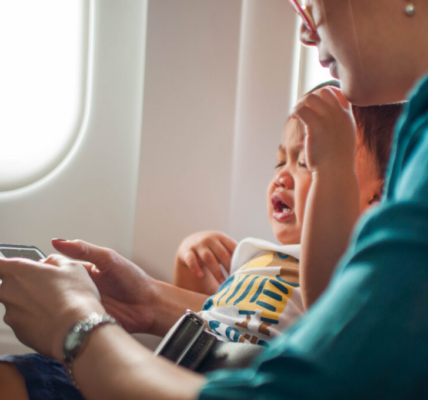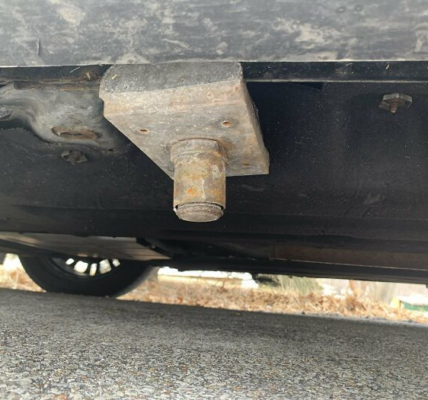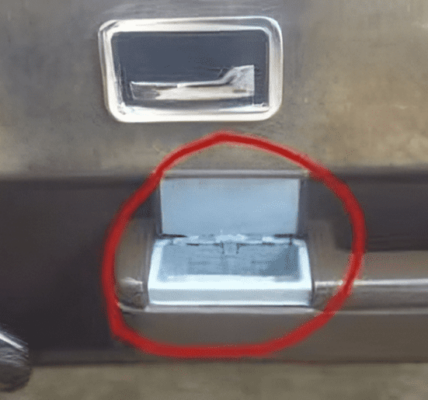The soldering iron has been an essential tool across various fields, including electronics, metalwork, and art, for centuries. Its origins trace back to ancient civilizations, where rudimentary soldering methods were used by Egyptians, Greeks, and Romans to create jewelry, weapons, and tools. This article explores the fascinating history, usage, and legacy of the soldering iron, showcasing its importance in shaping modern technology and craftsmanship.
A Historical Overview of the Soldering Iron

The roots of soldering extend deep into antiquity. Early methods involved using heated metal rods and molten alloys to join materials, primarily gold, silver, and copper. These techniques laid the groundwork for the evolution of soldering tools.
By the late 19th and early 20th centuries, the electric soldering iron began to take shape, coinciding with the electrical industry’s rise. As electricity became more common, the demand for improved soldering methods grew. Initial soldering irons were non-electric, heated over flames or coals, and featured a heavy metal tip attached to a wooden handle.
A major breakthrough came in 1921 when Ernst Sachs developed a regulated electrical soldering iron, marking a pivotal moment in soldering technology. This invention allowed for precise heating, fundamentally changing the electronics industry. Early electric models, with their resistive heating elements, were sturdy and designed for longevity, making them ideal for extensive use.
How Soldering Irons Are Used
Vintage soldering irons played a crucial role in metalwork, jewelry crafting, and electronics assembly. In the world of electronics, they became indispensable for creating secure connections between wires and components, such as circuit boards and resistors. The solder—a soft metal alloy typically made from tin and lead—melts when heated by the iron, flowing between components to create a robust bond as it cools.
During the early days of radio, telegraph, and television manufacturing, skilled craftsmen relied on soldering irons to ensure reliable and durable connections. This expertise was vital for the functionality of these complex devices, establishing a legacy that continues today.
Beyond electronics, vintage soldering irons found their place in stained glass art, where they soldered metal frames holding glass pieces together. This application required not only technical precision but also artistic flair, emphasizing the beauty and craftsmanship involved in the process.
The Enduring Legacy of Vintage Soldering Irons

The legacy of the vintage soldering iron extends far beyond its practical uses. Its introduction and widespread application catalyzed the mass production of consumer electronics, forming the backbone of our technologically driven society. Without these tools, advancements like the transistor radio, early computers, and home appliances might have taken much longer to materialize.
Many vintage soldering irons are celebrated for their durability and robust design. Collectors and electronics enthusiasts cherish these classic tools, often valuing them for superior craftsmanship. Some argue that vintage soldering irons were built with higher-quality materials than many modern counterparts, ensuring their continued presence in workshops and studios around the globe.
Modern Innovations: The Evolution of Soldering Technology
While technology has advanced significantly, the essential function of the soldering iron remains unchanged. Today’s models are more precise, often featuring temperature control and various designs tailored for specific applications. However, vintage models continue to be admired for their simplicity and effectiveness, representing a golden age in electronics repair and creation.
Modern soldering irons may come equipped with sophisticated features, but the fundamental principles of soldering have not changed. The bond between materials remains a crucial element in both traditional and contemporary applications, ensuring that the soldering iron maintains its place in the maker movement.
Inspiration for Today’s Makers and DIY Enthusiasts

The vintage soldering iron represents a key chapter in the history of electrical engineering and metalwork, inspiring today’s generation of makers and DIY enthusiasts. Its impact resonates in the world of innovation and invention, reminding us of the craftsmanship that paved the way for modern technology.
As the maker movement continues to grow, the soldering iron remains a vital tool in bringing creative projects to life. Whether used for electronics, art, or metalwork, it embodies the spirit of hands-on creation and problem-solving.
The Soldering Iron’s Lasting Impact
The soldering iron, from its ancient roots to its modern innovations, is more than just a tool; it’s a symbol of craftsmanship and ingenuity. Its rich history is intertwined with the evolution of technology, shaping the way we create and connect. As we embrace new technologies, the legacy of the soldering iron serves as a reminder of the artistry and skill involved in both the past and present.
Whether you’re a seasoned craftsman or a curious beginner, the soldering iron continues to inspire creativity, innovation, and a passion for making. Its journey from ancient civilizations to modern workshops highlights the importance of this timeless tool in our ever-evolving world.




